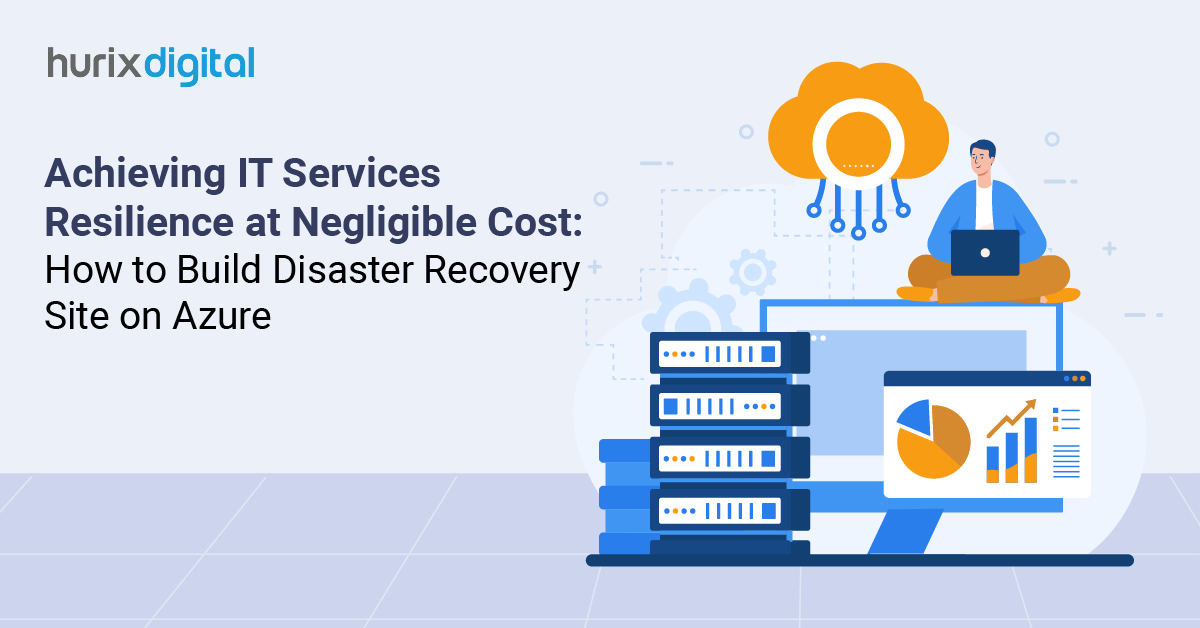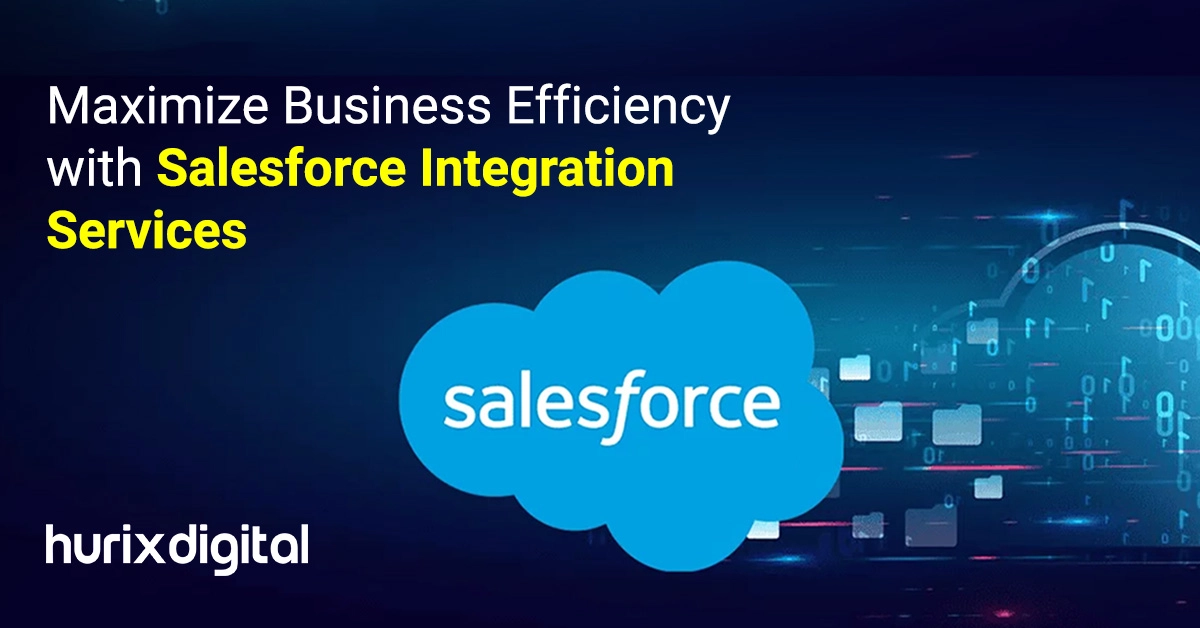
What is Cloud Adoption?10 Key Benefits of Adopting Cloud Computing for Businesses
Over the last few years, cloud technology has become an inevitable aspect of every organization and sector. Acting as a catalyst for growth, the cloud approach has completely revolutionized the way enterprises operate their businesses.
Table of Contents:
- What is Cloud Adoption?
- Top 10 Key Benefits of Cloud Adoption for Businesses
1. Improved Customer Service
2. Cost-Efficiency
3. Faster Implementation Cycles
4. Promotes Scalability
5. Upgrades & Maintenance
6. Better Security
7. Better Document Control
8. Gives Multiple Options
9. Environment-Friendly
10. Disaster Recovery - To Conclude
- Frequently Asked Questions (FAQs)
What is Cloud Adoption?
Cloud adoption refers to moving to or implementing cloud computing in an organization. This can involve transitioning from on-premises infrastructure to the cloud or using the cloud in addition to on-premises infrastructure. Here are a few examples of how organizations may adopt cloud computing:
- Infrastructure as a Service (IaaS): This cloud adoption involves using cloud-based infrastructure, such as servers, storage, and networking, to host applications and workloads. An example of this would be an organization that uses Amazon Web Services (AWS) to host their website.
- Platform as a Service (PaaS): This type of cloud adoption involves using cloud-based platforms, such as Heroku or Azure, to develop and deploy applications. An example would be an organization that uses PaaS to build and deploy a new customer relationship management (CRM) system.
- Software as a Service (SaaS): This type of cloud adoption involves using cloud-based software applications, such as Google Workspace or Salesforce. An example of this would be an organization that switches from using Microsoft Office to Google Workspace for its productivity needs.
- Hybrid cloud: This type of cloud adoption involves using a combination of on-premises infrastructure and cloud services. An example of this would be an organization that uses on-premises servers for certain workloads, such as their accounting software, and uses the cloud for other workloads, such as their CRM system.
Cloud computing vendors are increasing the scope and number of services they provide via the cloud, and popular public cloud environments like Microsoft Azure, Amazon Web Services, and Google Cloud Platform are becoming more popular than ever.
Irrespective of the size, most of the organizations today have adopted the cloud in some shape or form. Although the cloud adoption strategy is primarily used by enterprises to improve the scalability of their Internet-based database capabilities while reducing risk and cost, there are several other benefits of this technology. Over the last few years, cloud technology has become an inevitable aspect of every organization and sector. Acting as a catalyst for growth, the cloud approach has completely revolutionized the way enterprises operate their businesses.
Cloud computing vendors are increasing the scope and number of services they provide via the cloud, and popular public cloud environments like Microsoft Azure, Amazon Web Services, and Google Cloud Platform are becoming more popular than ever.
Irrespective of the size, most of the organizations today have adopted the cloud in some shape or form. Although the cloud adoption strategy is primarily used by enterprises to improve the scalability of their Internet-based database capabilities while reducing risk and cost, there are several other benefits of this technology.
10 Key Benefits of Cloud Adoption for Businesses Wondering
Why should companies adopt cloud computing? Let’s find out!
1. Improved Customer Service
Customer service plays a critical role in ensuring the success of any business. Offering exceptional customer experience can be a game-changer that can give you a distinct competitive advantage.
Adopting cloud technology and solutions can be instrumental in achieving this objective as they enable your customers to stay in touch with your company. Most of cloud-based companies are proactive in resolving customer support queries and also have SLAs for uptime to ensure the availability of the system whenever there is a need.
Further, they allow your customers to easily connect with the staff to resolve their queries or give feedback instantly. This kind of real-time communication can help you attract and engage customers with your business.
2. Cost-Efficiency
On-premise solutions are often quite expensive, with various costs adding up. These include necessary hardware and implementation costs along with costs related to continuous management and updation required from in-house personnel.
Moving to the cloud, on the contrary, gives organizations the benefit of eliminating the high cost of hardware and installation as it allows them to opt for a subscription-based model that suits their budget.
In addition to this, most cloud solutions provide enterprises with the ability to pay for exactly what they need instead of paying for unwanted or unused services.
3. Faster Implementation Cycles
Most organizations with on-premise software struggle with the higher lead time between the decision to implement the product and when the user starts using it.
But with cloud solutions, enterprises enjoy the advantage of a quick implementation cycle where products usually go live within weeks instead of months.
Further, cloud technology improves collaboration among teams as it allows your teams to easily access, edit, and share documents and data from anywhere at any time. This leads to enhanced productivity and efficiency and gives you real-time updates through cloud-based workflow and file-sharing apps.
4. Promotes Scalability
With time, every business experience changes in its organizational structure as they either expand, cut-down or witness seasonal business changes.
Cloud solutions can seamlessly accommodate such changes and respond to them adequately. Once you move to the cloud, you don’t have to constantly change software whenever you scale up or down.
This promotes the scalability of the business and allows the company to grow as per its specific needs.
5. Upgrades & Maintenance
Dealing with downtimes for upgrades and costly maintenance is a common issue that organizations face with on-premise software. Further, the upgrades are often far and less in number with on-premise products, thus increasing the risk of the software becoming obsolete.
With the cloud, there is no such risk. The upgrades and maintenance in the case of the cloud are seamless and frequent. Customers using cloud-based software always enjoy the advantage of being on the latest version.
6. Better Security
Cloud services are known to store information on servers and hardware which aren’t controlled by the business. These offsite servers offer stringent security measures to prevent any form of data breach.
Therefore, the cloud is generally more safe and secure as compared to on-premises infrastructure. Moving to a cloud solution makes sure that none of your confidential data is vulnerable to hackers or those who aren’t authorized and saves it from common security threats.
7. Better Document Control
In any organization where employees produce and exchange large volumes of information within the production loop, there is an enhanced need for proper documentation. This generally creates a lot of conflicting files in multiple formats and titles.
But with the cloud, employees can send files to a central place where everyone can access them. Further, with your applications and infrastructure hosted on the cloud, you place yourself in an ecosystem where there is continuous innovation. Several technological advancements are being taken care of and implemented by your cloud partner.
8. Gives Multiple Options
Cloud computing offers businesses a host of applications under one of the below services:
- Software as a service (SaaS)
- Platform as a service (PaaS)
- Infrastructure as a service (IaaS)
Customers also have the option to create a private, public, or hybrid network access.
Apart from such endless possibilities, cloud computing also offers enterprises the benefit of adapting to any kind of business change.
9. Environment-Friendly
The advantages of cloud solutions aren’t just limited to the business side. The technology also offers several environmental benefits.
Adopting cloud tech allows you to reduce your carbon footprint as you can easily scale up and down as per your specific business requirements. It gives you the benefit of only using the resources which you need and saving yourself from leaving oversized footprints.
10. Disaster Recovery
Regardless of the size, businesses often spend a huge chunk of their money on disaster recovery. Cloud computing can help organizations, especially small businesses, to save their time, resources, avoid high investment, and get benefited from third-party expertise.
To Conclude
Adoption of Cloud computing is an excellent way for businesses to improve and enhance their overall productivity and effectively navigate the rapidly evolving business environment.
But, when it comes to adopting cloud solutions, one of the most crucial aspects to ensure optimal benefits of the technology is a successful implementation strategy.
This makes it very important for organizations to spend an ample amount of time in planning the cloud migration strategy and monitor it at every stage.
Frequently Asked Questions (FAQs)
1. Why should companies consider adopting cloud technology?
A. Companies should consider adopting cloud technology for benefits like improved customer service, cost-efficiency, faster implementation cycles, scalability, hassle-free upgrades and maintenances, environmental friendliness, and disaster recovery.
2. What are the key advantages of cloud-based solutions over on-premises software?
A. Cloud-based solutions offer advantages such as lower costs, faster implementation, scalability, seamless upgrades, improved security, better document control, multiple service options, environmental benefits, and efficient disaster recovery.
3. What is the significance of planning a cloud migration strategy?
A. Planning a cloud migration strategy is crucial for organizations to ensure the successful implementation of cloud solutions, optimizing the technology’s benefits at every stage of adoption.
4. What advantages does cloud adoption provide in terms of document control?
A. Cloud adoption centralizes document storage, enabling easy access and collaboration, reducing conflicting file versions, and benefiting from continuous innovation and updates.
5. How does cloud adoption help in disaster recovery for businesses?
A. Cloud adoption allows organizations, especially small businesses, to save time and resources by leveraging third-party expertise, avoiding high investments, and ensuring effective disaster recovery solutions.

Vice President and Strategic Business Unit Head – Cloud Services
A top technology management voice on LinkedIn with 20 Years of experience in Information Technology, Cloud Services, Digital Transformation, Application Modernisation, Managed Services, IT Security Engineering and Operations Management. An avid technology Leader, Leadership Speaker, Author & Coach.







